How to prune roses for big, abundant blooms next spring
The expert-approved guide to pruning UK’s favourite flower
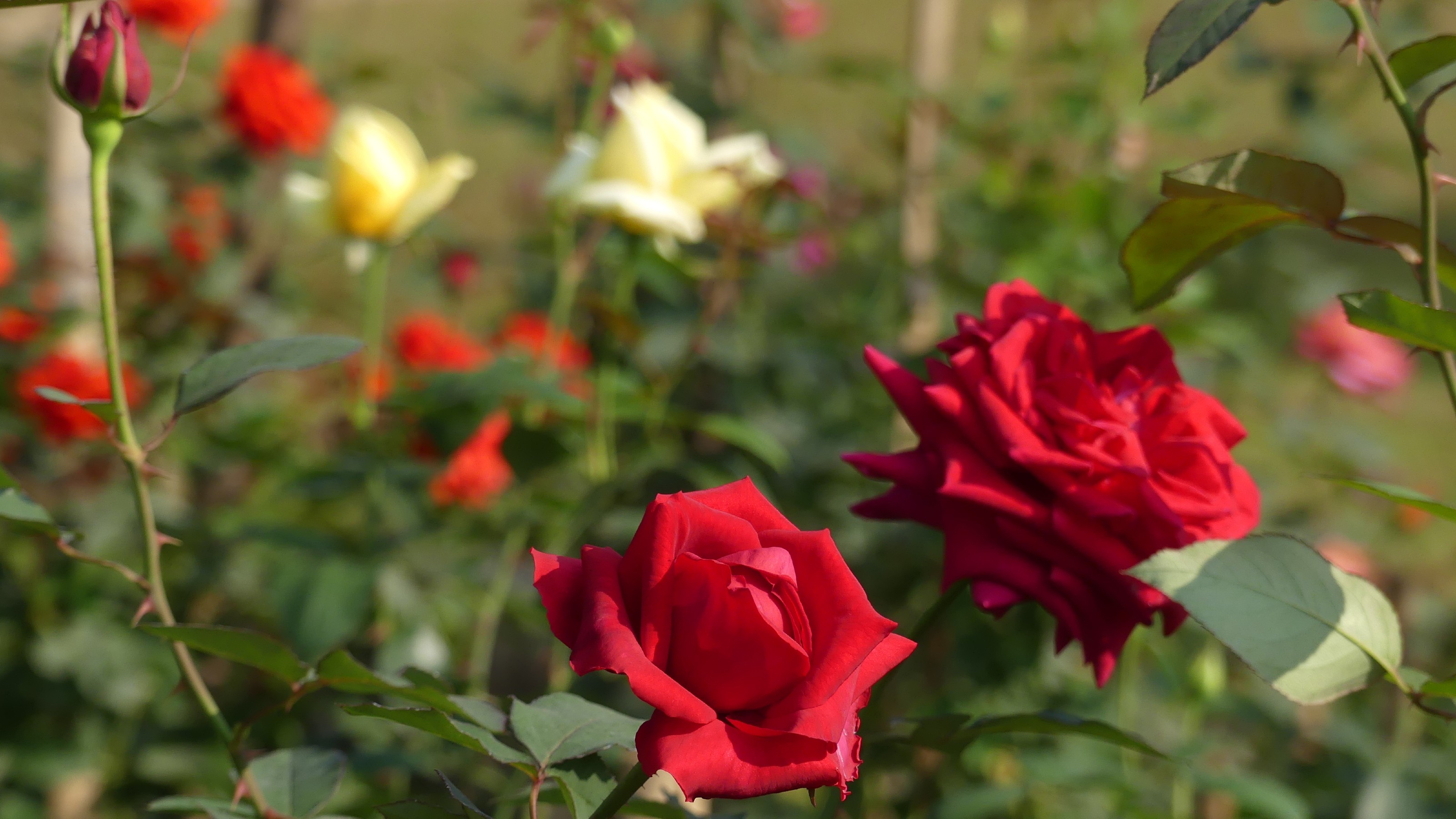

The rose is a staple of the UK’s gardens, it’s the English national flower and the favourite flower of many all around the world, loved both for its full, layered blooms and lovely classic scent. That's why it deserves the utmost attention when planted in our gardens. One of the most important parts of its care is pruning and learning exactly how to prune roses.
Similarly to knowing when to prune roses, mastering the technique will be your key to success. And to having large, healthy flowers in your borders come spring.
That’s why we turned to our gardening pros to share their fool-proof step-by-step guide to pruning roses to take the guesswork out of the daunting task at hand.
How to prune roses
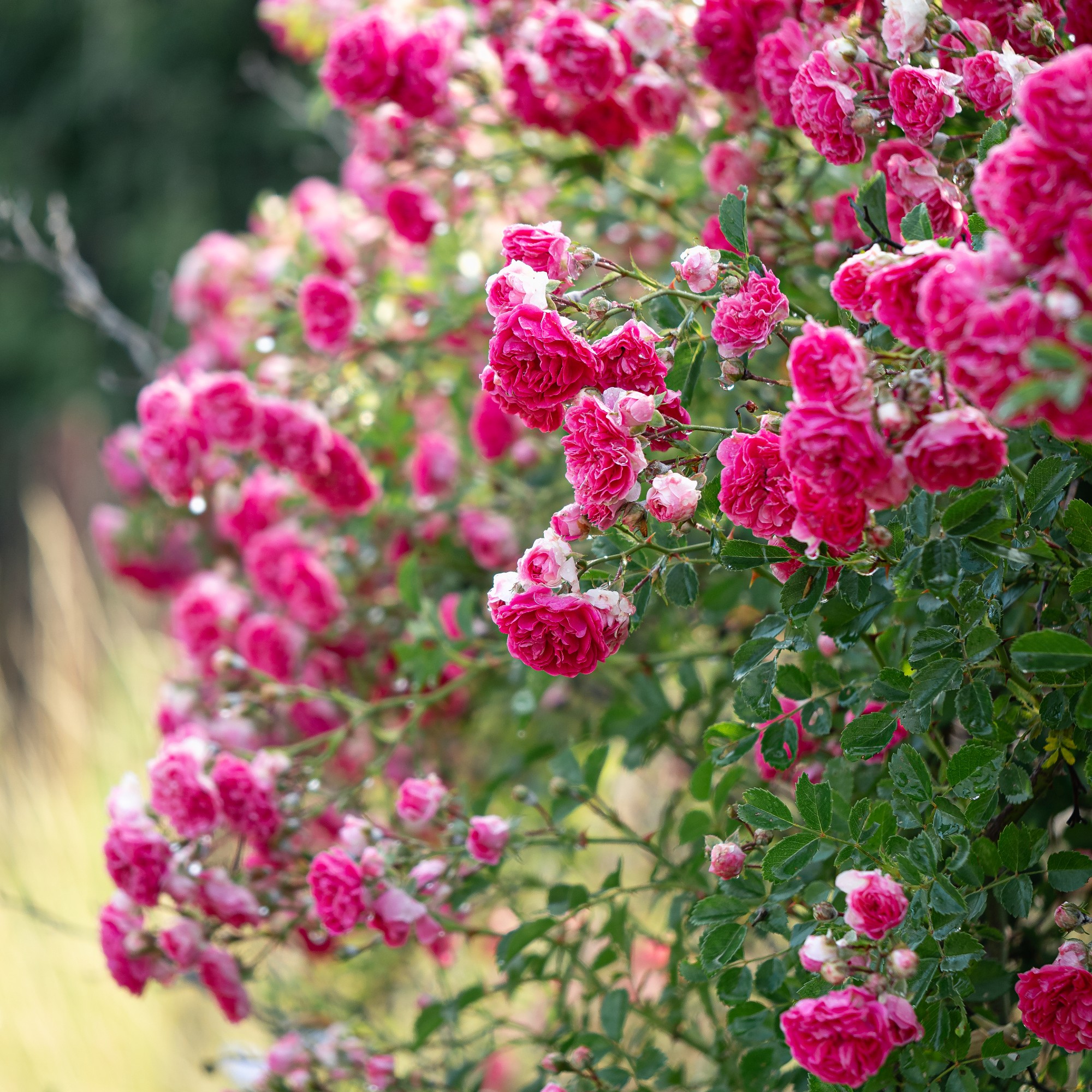
If you’re wondering how to prune roses, we've pulled together an easy guide for you to follow as per our experts. Just make sure you don’t mistake pruning for deadheading roses as the latter refers to solely removing dead flowers.
Remember: the pros do warn that the type of rose plant you own will be an important factor in the way you prune it. For example, how to prune climbing roses will vary from pruning shrub roses.
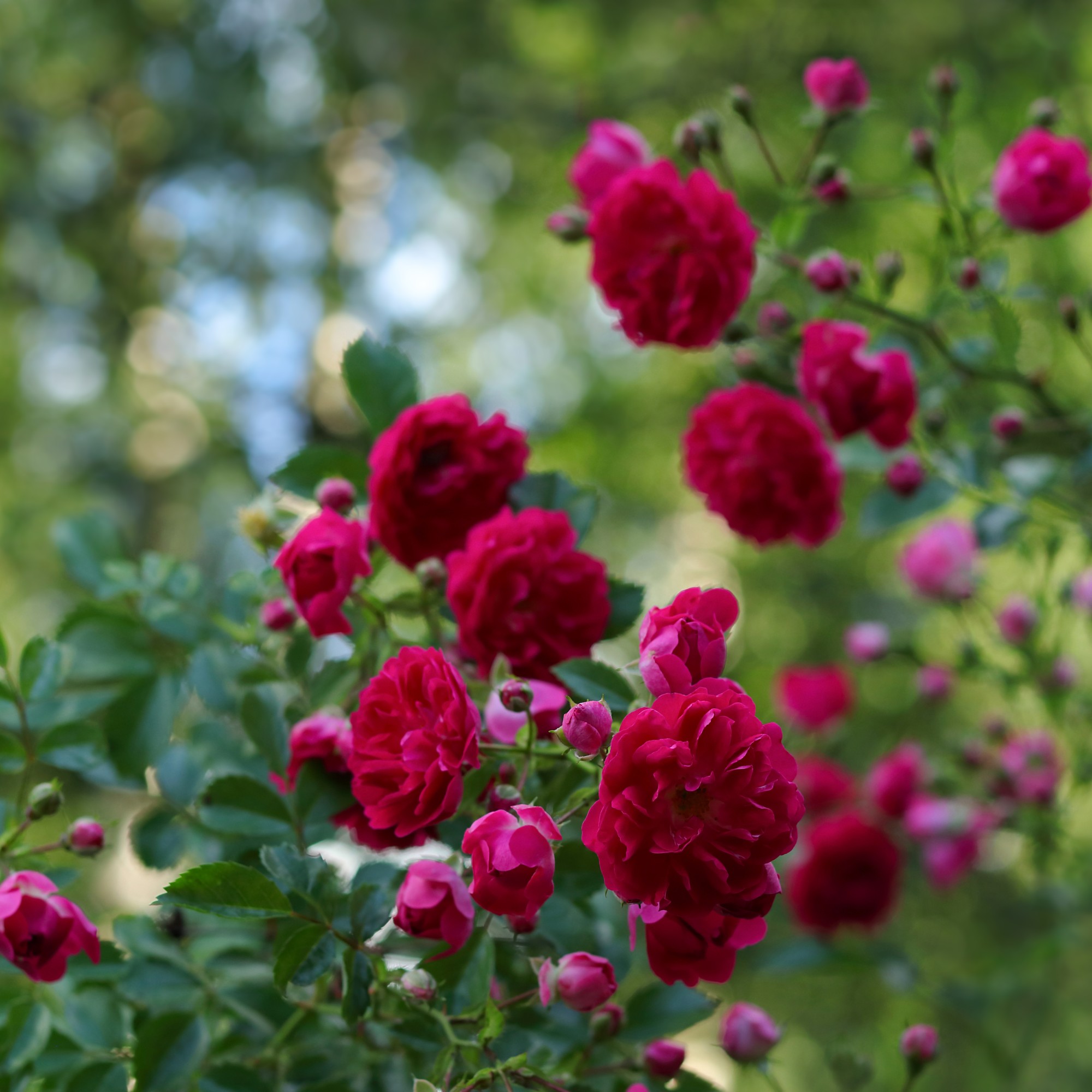
‘Roses are a well-loved classic for a reason – and pruning them properly will help them bloom beautifully,’ says Mark Hewett, sales manager from Wilkinson Sword.
‘Of course, there are so many varieties of roses, from climbing to miniature, rambling to shrub, but our tips here can be used across most types, to keep them looking healthy and flowering well.’
Get the Ideal Home Newsletter
Sign up to our newsletter for style and decor inspiration, house makeovers, project advice and more.
‘Follow specific instructions depending on the types of roses in your garden. Different types of roses have different pruning needs and requirements,’ adds Steve Chilton, gardening expert from LeisureBench.
What you'll need
- Bypass pruners, like these Wilkinson Sword Aluminium Bypass Pruners at Amazon
- Bypass loppers, like these Wilkinson Sword Bypass Loppers at Amazon
- Gardening all-purpose gloves, like these Town & Country Premium All-Purpose Gloves
Step-by-step guide
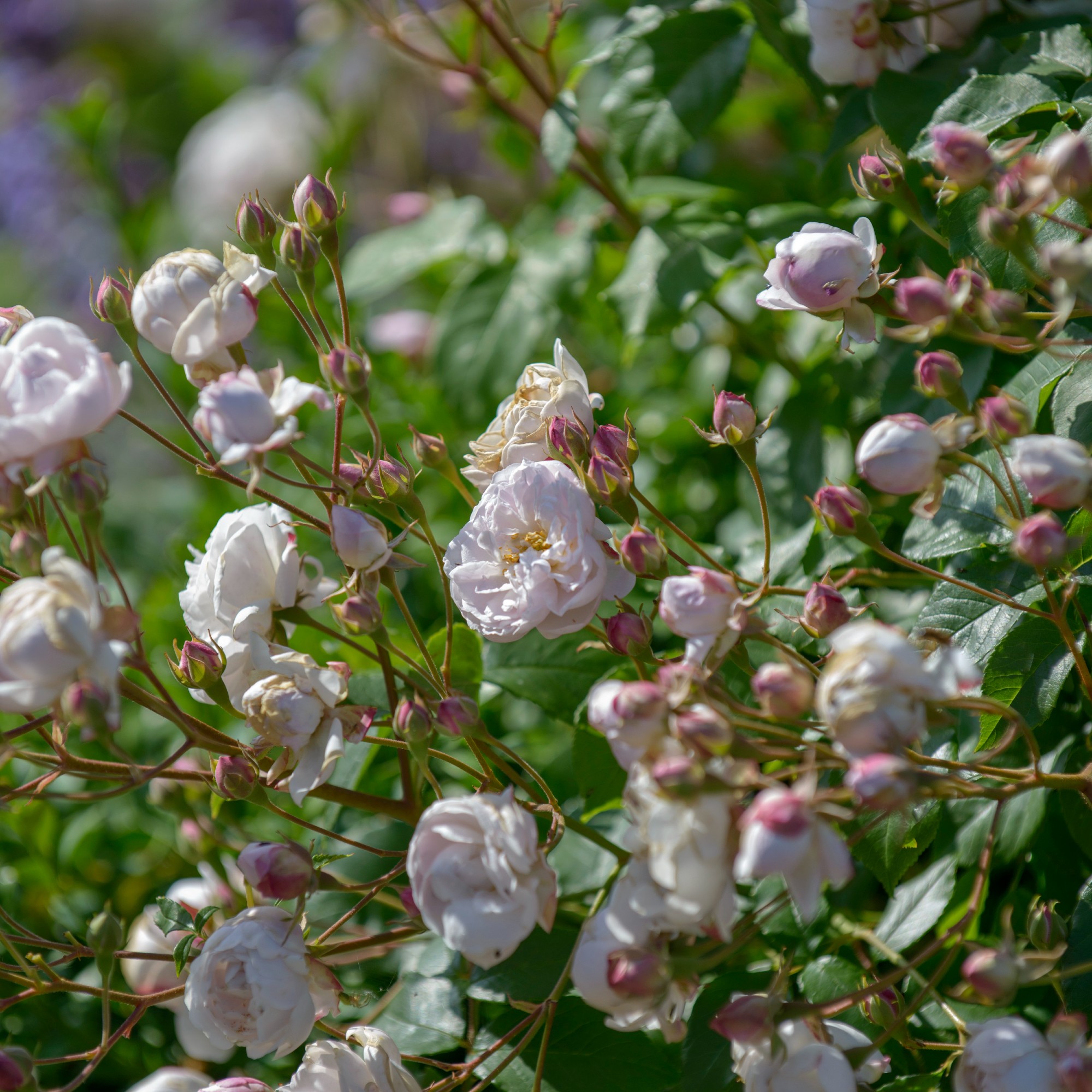
As a rule of thumb (and especially if you own an English or Shrub rose plant, which is the most common type of rose in the UK), these are the steps to take when learning how to prune roses:
1. Remove stems that cross one another any diseased or or damaged branches.
‘Make sure that you cut out dead and diseased stems, and any that are spindly and crossing, as well as poorly flowering old wood. The aim should be for well-spaced stems that allow free air flow and allow those lovely flowers to bloom with plenty of space to grow,’ Mark recommends.

Steve Chilton is a passionate and knowledgeable garden expert with several years of experience within the field. As the director of LeisureBench, an industry-leading garden furniture company, Steve has developed strong expertise for all things nature and plants. Steve is a keen educator and loves to share this knowledge with others. He strives to simplify complex garden practices and encourage eco-friendly gardening.
2. Trim.
‘Trim any exceptionally long branches by around a fourth of their length. If they are especially long, trim them back to around a third of their length,’ says Steve. Alternatively, instead of trimming you can secure them to the ground to encourage new growth, he advises.
‘Trim back any buds from the previous growing season, taking it all the way back to the shoot as long as it's healthy. This will encourage new growth from the shoot,’ Steve adds.
What not to do
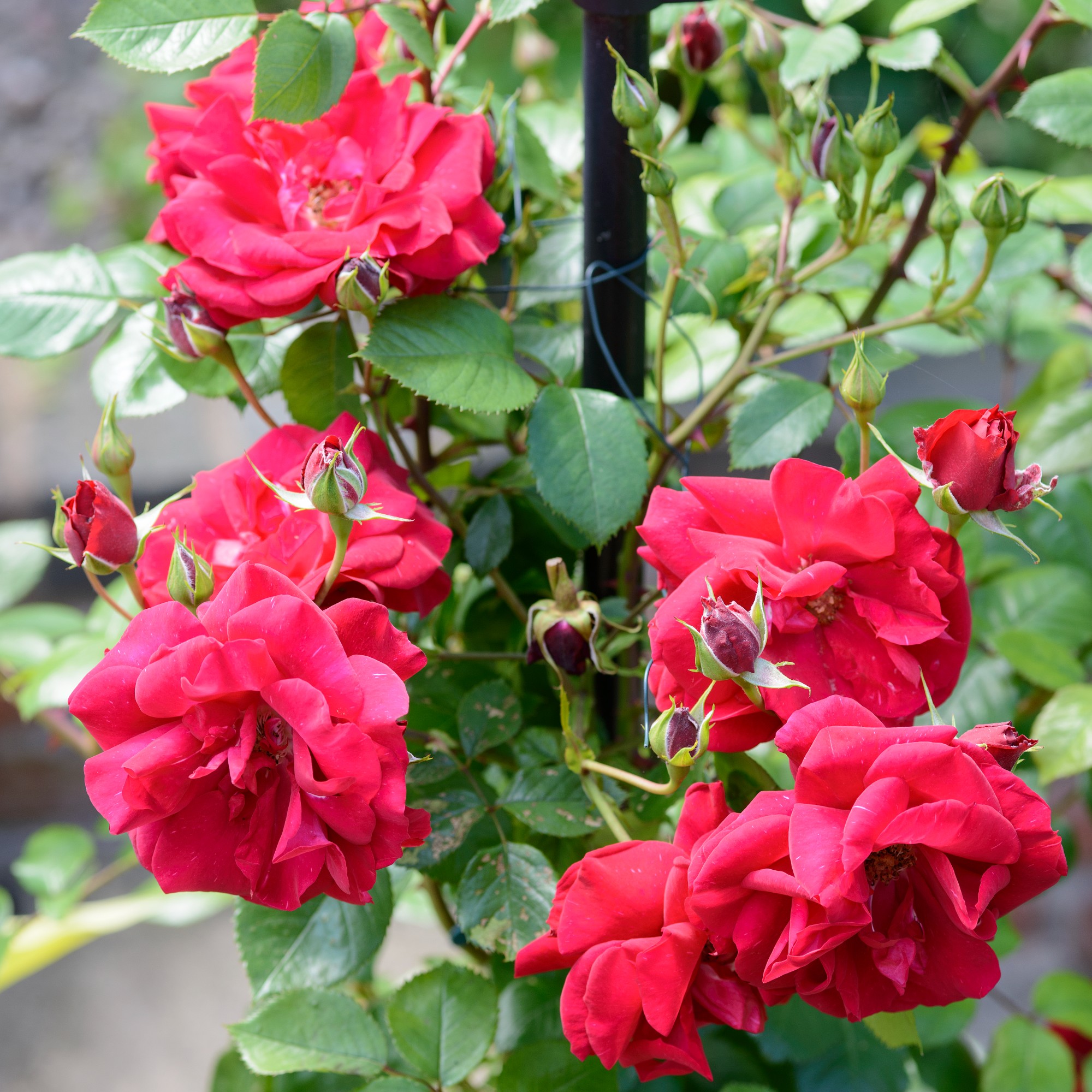
There are a couple of things to avoid when learning how to prune roses, the first of which is over-pruning. Yes, you can certainly overdo it when pruning roses.
‘This can cause major problems with regrowth as your roses will simply not grow back as full and well as they should do. Only prune what you need to,’ Steve says.
Secondly, always protect yourself when dealing with roses. As pretty as they are, their thorns can cut deep so it’s advised to protect your hands by wearing gloves to keep you safe and comfortable.
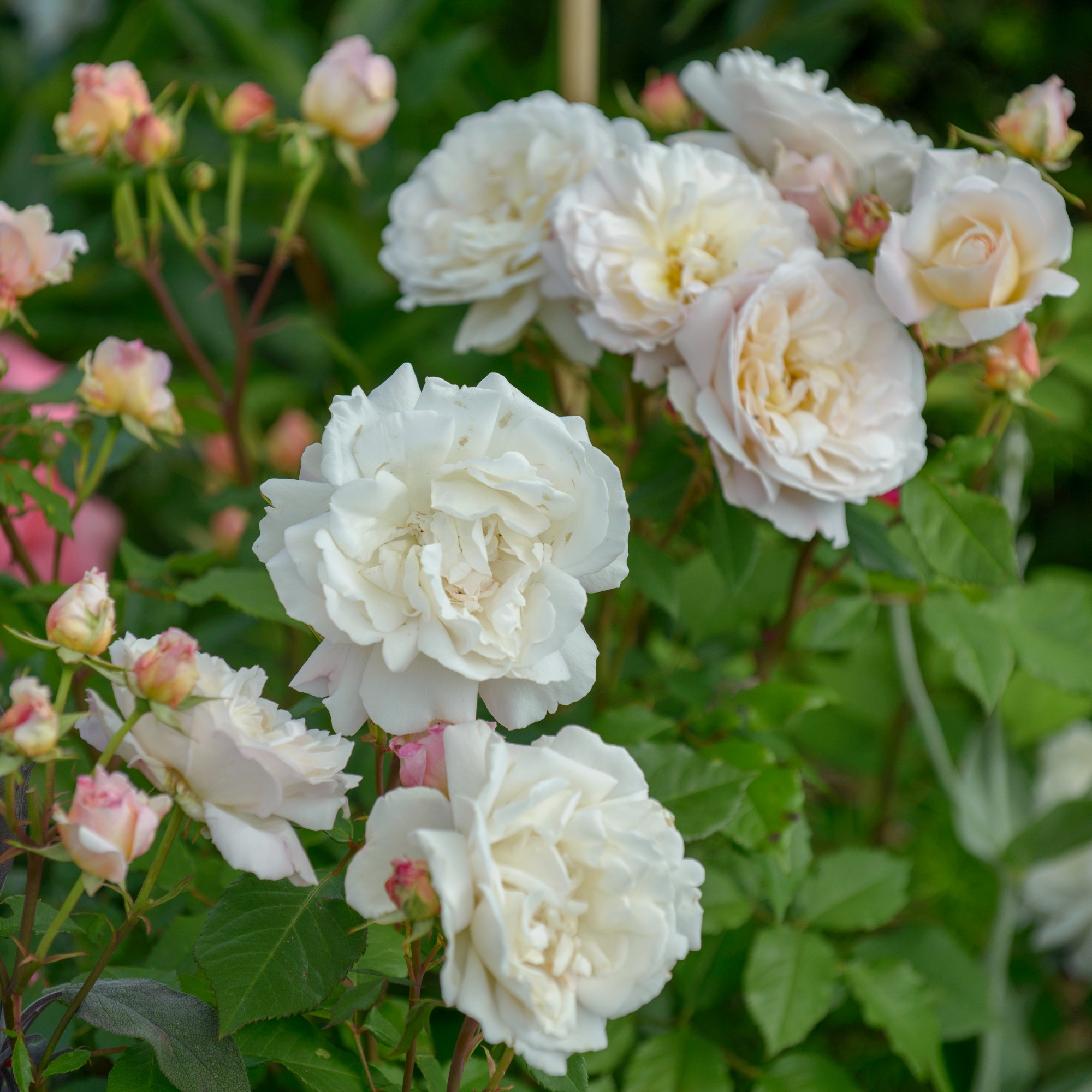
FAQs
How do you prune roses after they bloom?
Roses are usually not pruned straight after blooming. But in the case of repeat blooming roses, you can lightly prune them in early summer after their first flush of flowers to make space for the new growth.
‘With this type of pruning, remove spent flowers and shape the bush by cutting back to an outward-facing bud, which will promote air circulation and prevent disease,’ recommends Petar Ivanov, Fantastic Gardeners' gardening expert.
What part of the rose do you prune?
When pruning your rose plant, the parts to focus on are dead, damaged and diseased stems, as well as crossing stems and buds from the previous growing season.
‘Cuts should be made no more than 5mm above a bud and should slope downwards so that the water doesn’t collect on the bud – that applies whether removing dead wood, deadheading or just your regular, annual prune,’ Marks says.
Happy rose pruning!

Sara Hesikova has been a Content Editor at Ideal Home since June 2024, starting at the title as a News Writer in July 2023. She is now also the Ideal Home Certified Expert in Training on Furniture, and so far has tested 80 different sofas.
Graduating from London College of Fashion with a bachelor’s degree in fashion journalism in 2016, she got her start in niche fashion and lifestyle magazines like Glass and Alvar as a writer and editor before making the leap into interiors, working with the likes of 91 Magazine and copywriting for luxury bed linen brand Yves Delorme among others.
-
 IKEA has drenched its BILLY bookcase in this year’s ‘it’ colour - but you’ll have to act fast if you want to get your hands on one
IKEA has drenched its BILLY bookcase in this year’s ‘it’ colour - but you’ll have to act fast if you want to get your hands on oneI'm obsessed with this gorgeous limited-edition colourway
By Kezia Reynolds
-
 My go-to Ninja coffee machine is on sale for Easter weekend
My go-to Ninja coffee machine is on sale for Easter weekendIt makes coffee shop quality achievable at home
By Molly Cleary
-
 When to plant out annual flowering plants for vibrant, colourful garden borders – and give them the best start, according to experts
When to plant out annual flowering plants for vibrant, colourful garden borders – and give them the best start, according to expertsNot sure when to plant out annual flowering plants? We've got you covered...
By Kayleigh Dray